This simple science project shows you how to make a model of an eclipse to visually demonstrate what's happening between the Sun, Earth and Moon during a solar or lunar eclipse.
A solar eclipse model is a fantastic science project for home and school, especially just before or after an eclipse!
You've probably noticed shadows on Earth. Shadows form when the sun shines on an object, but did you know planetary bodies also cast shadows in space?
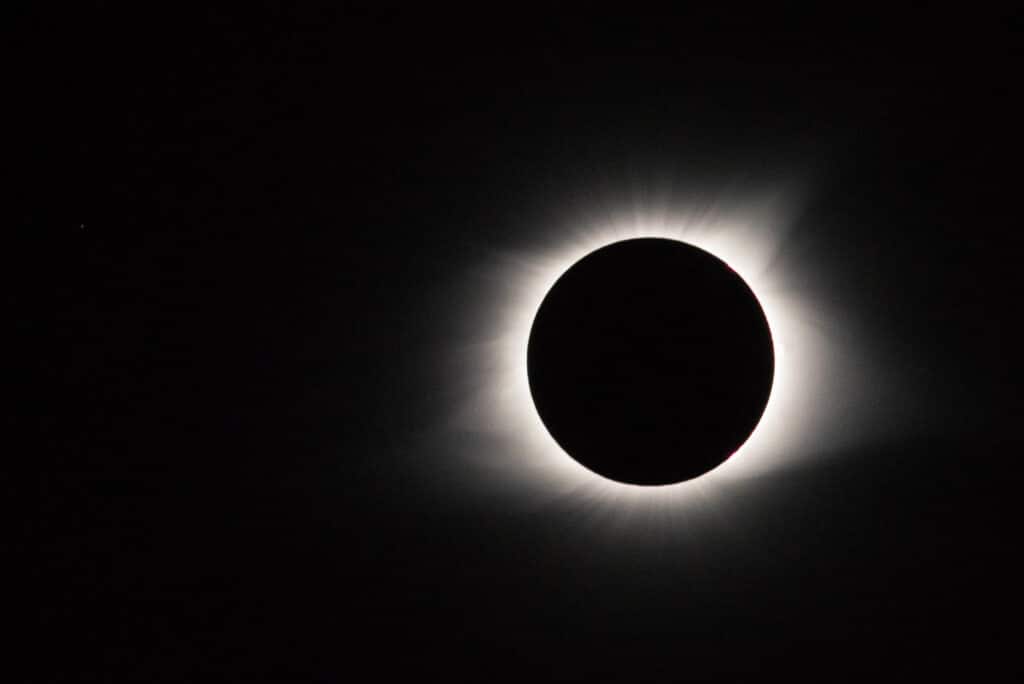
What's the difference between a solar eclipse and a lunar eclipse?
A lunar eclipse happens when the Moon passes into the Earth's shadow. The Earth's shadow has two parts. The umbra is the central part of the shadow and is darker than the outer penumbra. A total lunar eclipse happens when the moon travels into the umbral shadow, which turns the Moon a reddish brown colour. Lunar eclipses happen around every 2.5 years and last a few hours as the Earth's shadow is so large.
A solar eclipse is when the Moon passes between the Sun and Earth, blocking the Sun's light. The Sun is 400 times wider than the Moon and 400 times farther away, which is why they appear the same size in the sky.
The moon's shadow also consists of an umbra and penumbra. People in the path of the umbral shadow see a total eclipse, but not for very long.
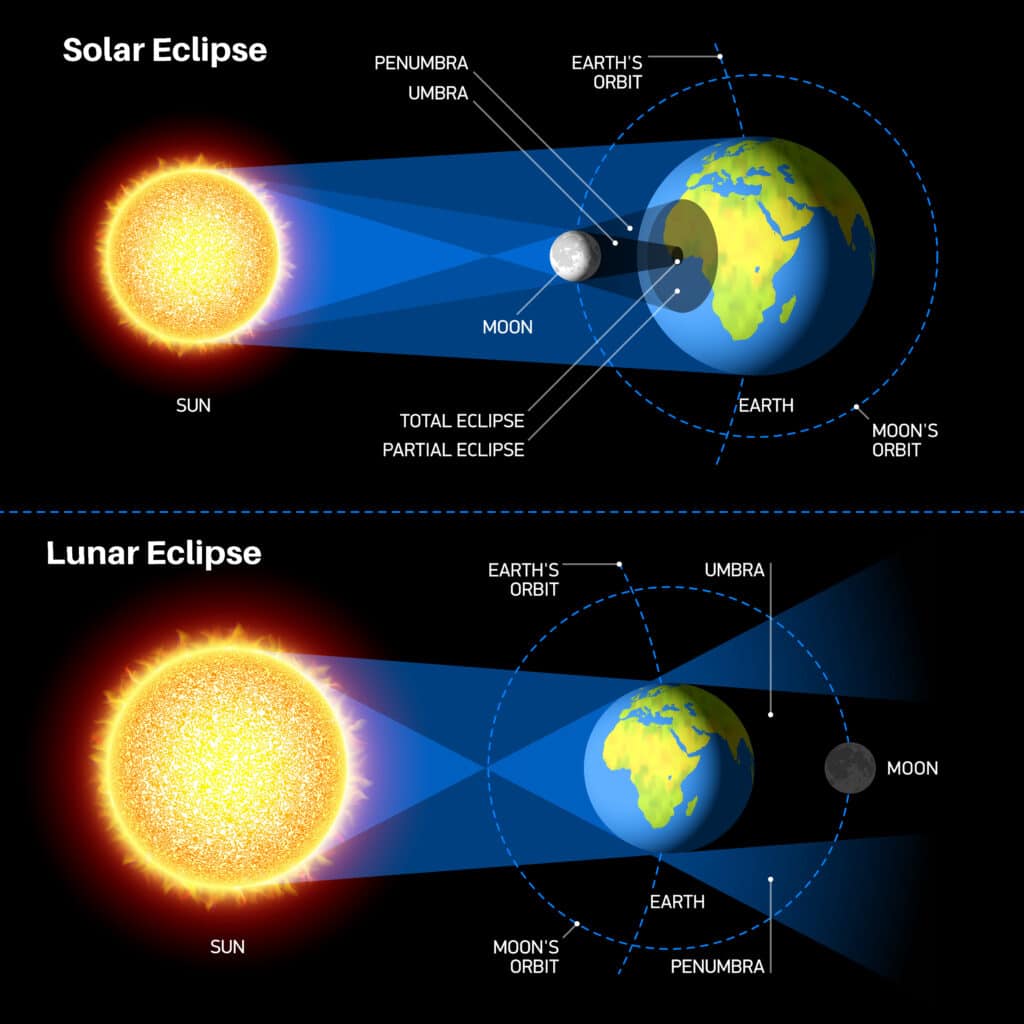
Make an eclipse model
This is a very basic model that shows the path of the shadows in a lunar and solar eclipse. Our moon is smaller than the Earth model, but the relative sizes are inaccurate.
Note that this is a simplified model that also does not show that the moon's orbit is tilted relative to the Earth's orbit around the Sun. The moon's tilted orbit means it often passes above or below the Earth and so does not cross directly through the path between the Earth and the Sun.
You'll need
Two skewers
Two foam balls of different sizes or paper mache balls
Play dough or other stand.
Paint
Torch or lamp
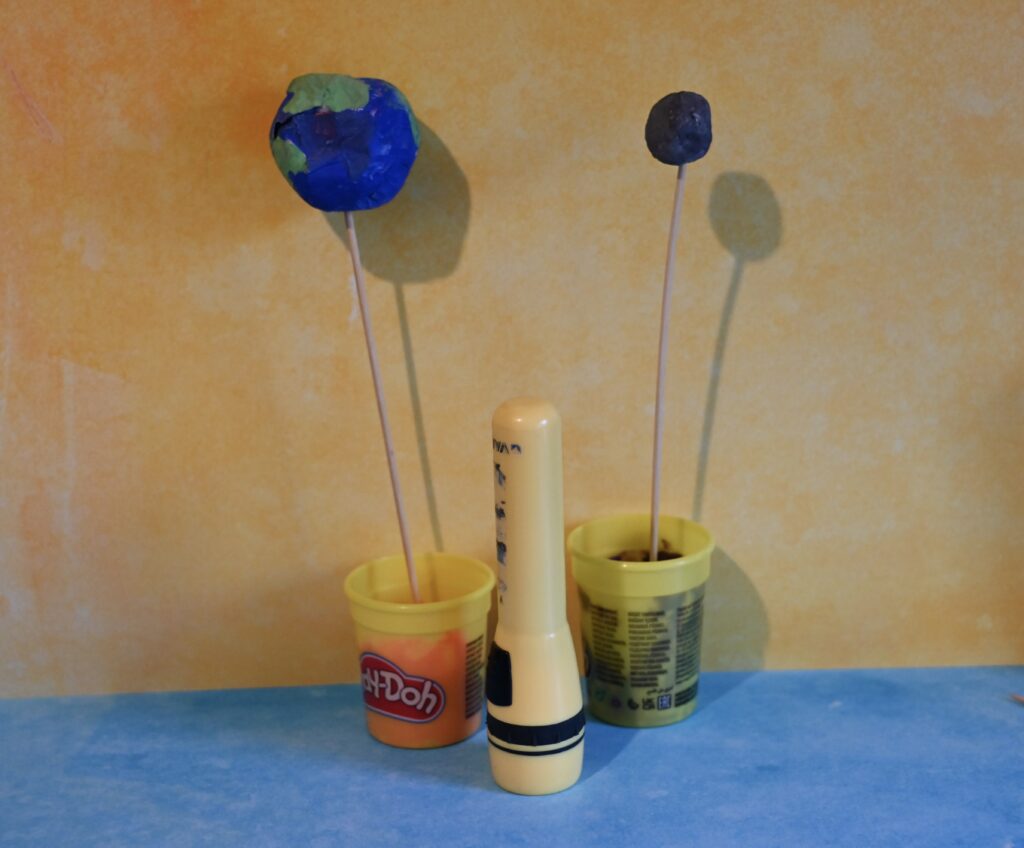
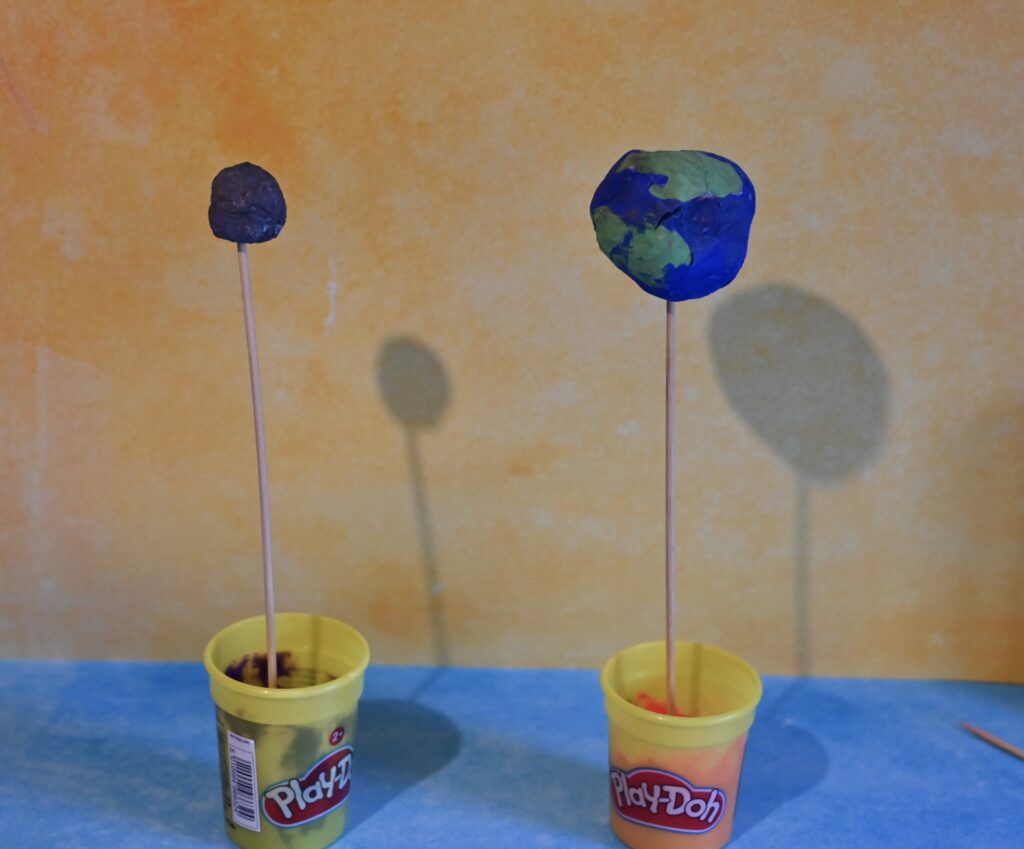
Place the larger ball on one skewer and decorate it to look like the Earth.
Attach the smaller ball to the second skewer and paint it grey to look like the moon.
Place the bottom end of the skewer in a ball of playdough so each stands freely.
Place a lamp or torch behind the model of the Earth and place the moon model in between. Move the Moon around the Earth and watch how the shadows change.
Solar Eclipse
The moon passing in between the Sun and Earth demonstrates a solar eclipse. People on Earth in the shadow of the moon will see the eclipse.
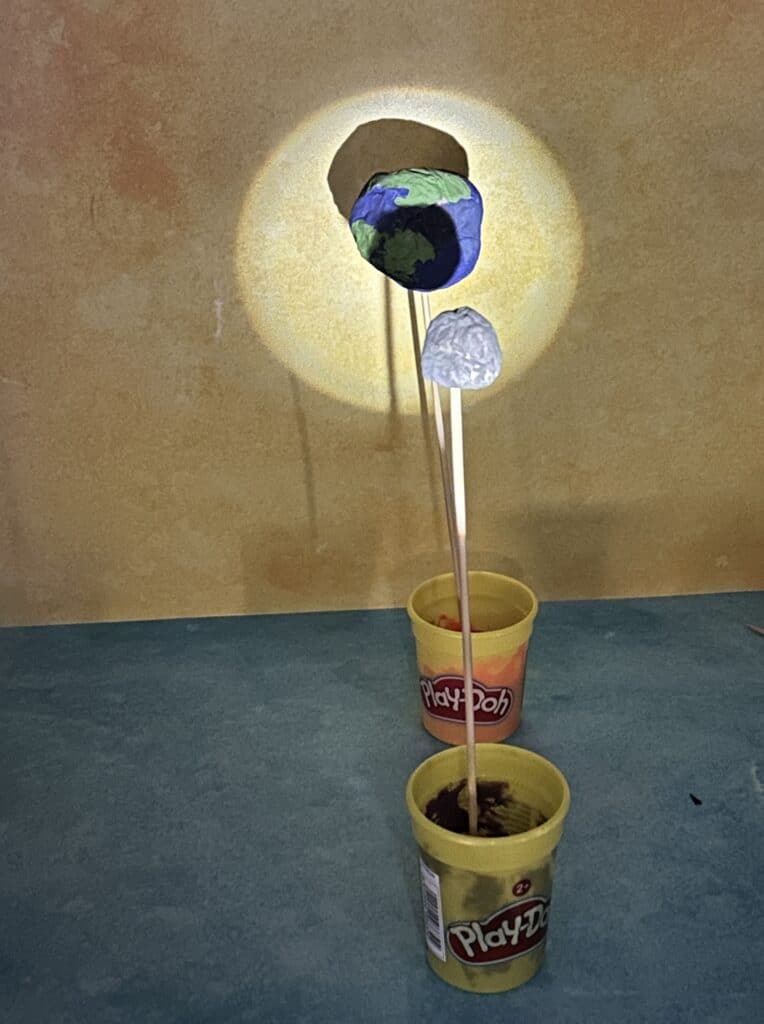
Why don't we have a solar eclipse every month?
We don't have an eclipse every month because the moon's orbit is tilted relative to the Earth's orbit around the sun. This means it often passes above or below the Earth and so does not pass directly in between the Sun and Earth.
Lunar Eclipse
A lunar eclipse occurs when the moon passes through the Earth's shadow. The image below shows the Earth's shadow on the moon's surface. People on Earth see a red hue around the moon.
The moon looks red during an eclipse because the only light that reaches it has passed through the Earth's atmosphere. Only red wavelengths of light are refracted towards the moon. Shorter wavelengths of light are scattered.
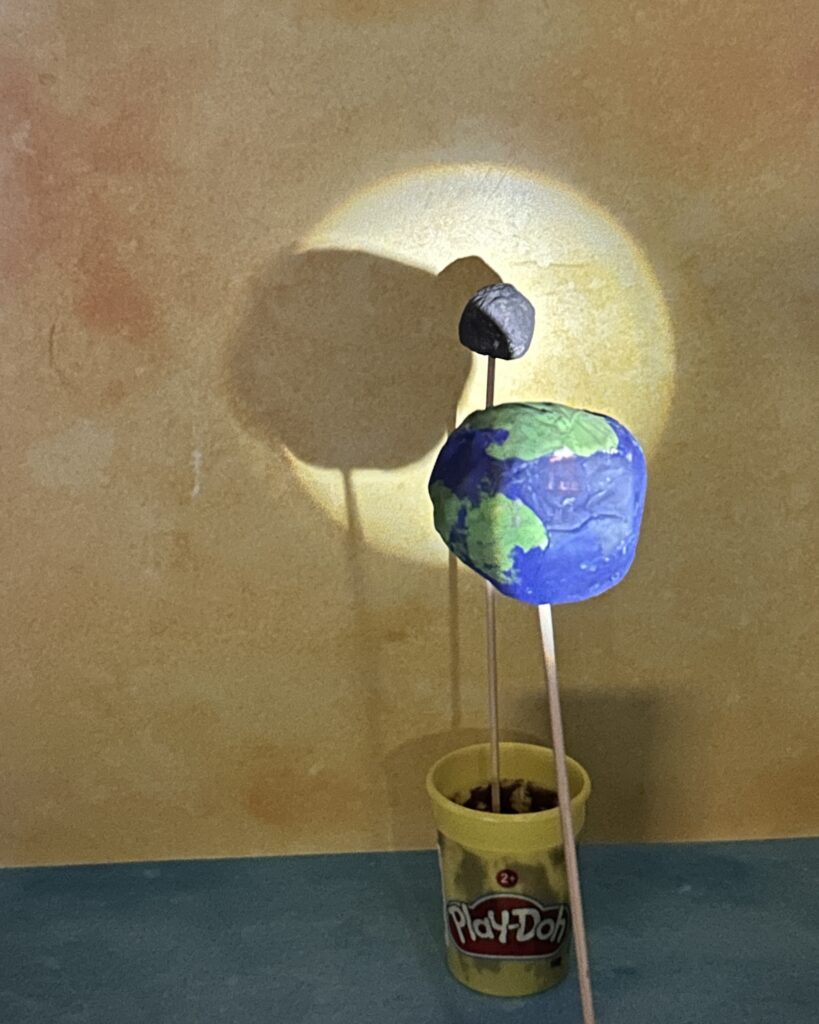
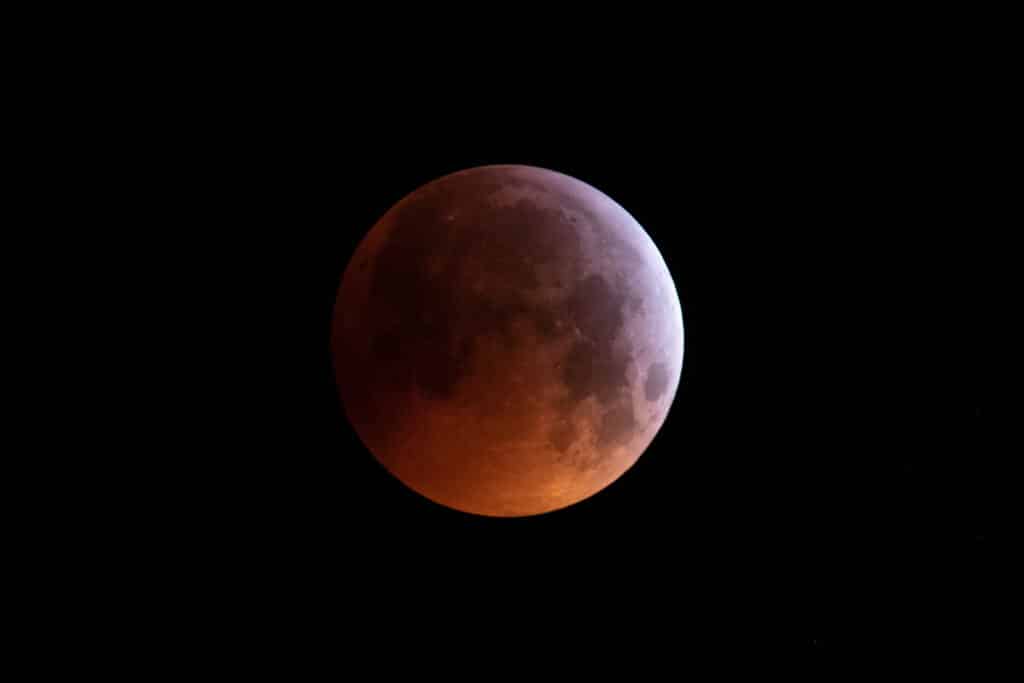
What would the Earth look like from the Moon during a lunar eclipse?
If you were on the moon in the path of the Earth's shadow during a lunar eclipse, you'd see a red ring around the Earth as the Earth blocked out light from the Sun.
Learn more about solar and lunar eclipses with my collection of solar eclipse resources.
For more fun space science activities, check out my book This Is Rocket Science.
Affiliate inks
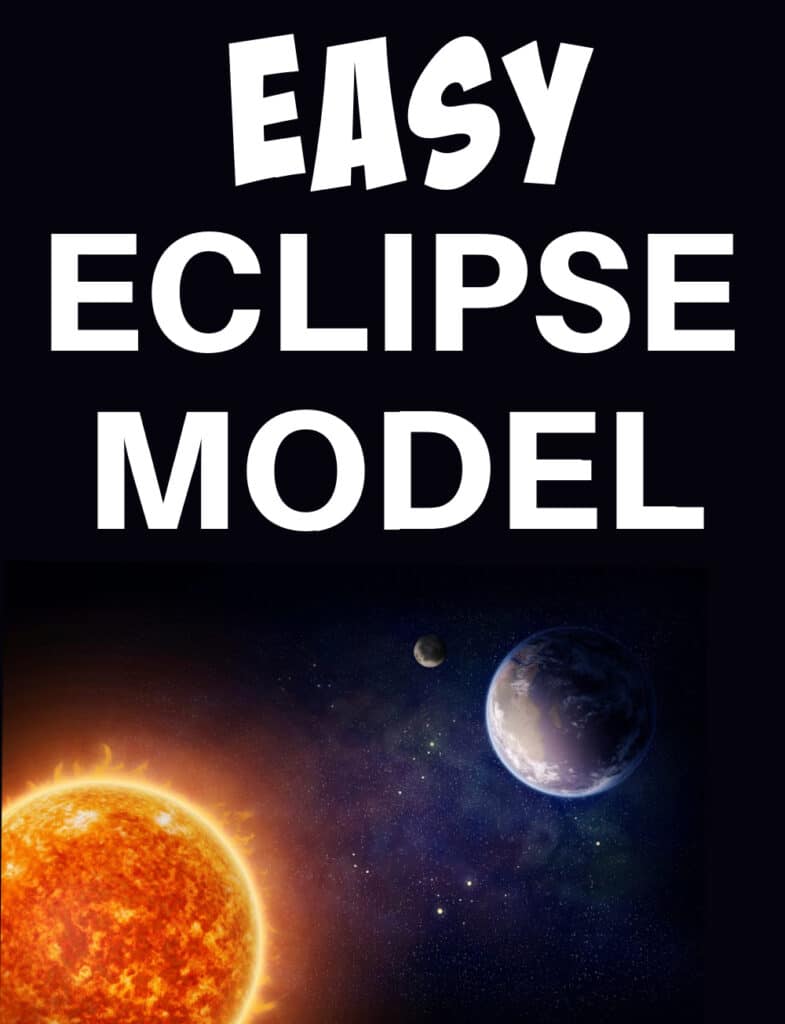
Last Updated on April 8, 2024 by Emma Vanstone
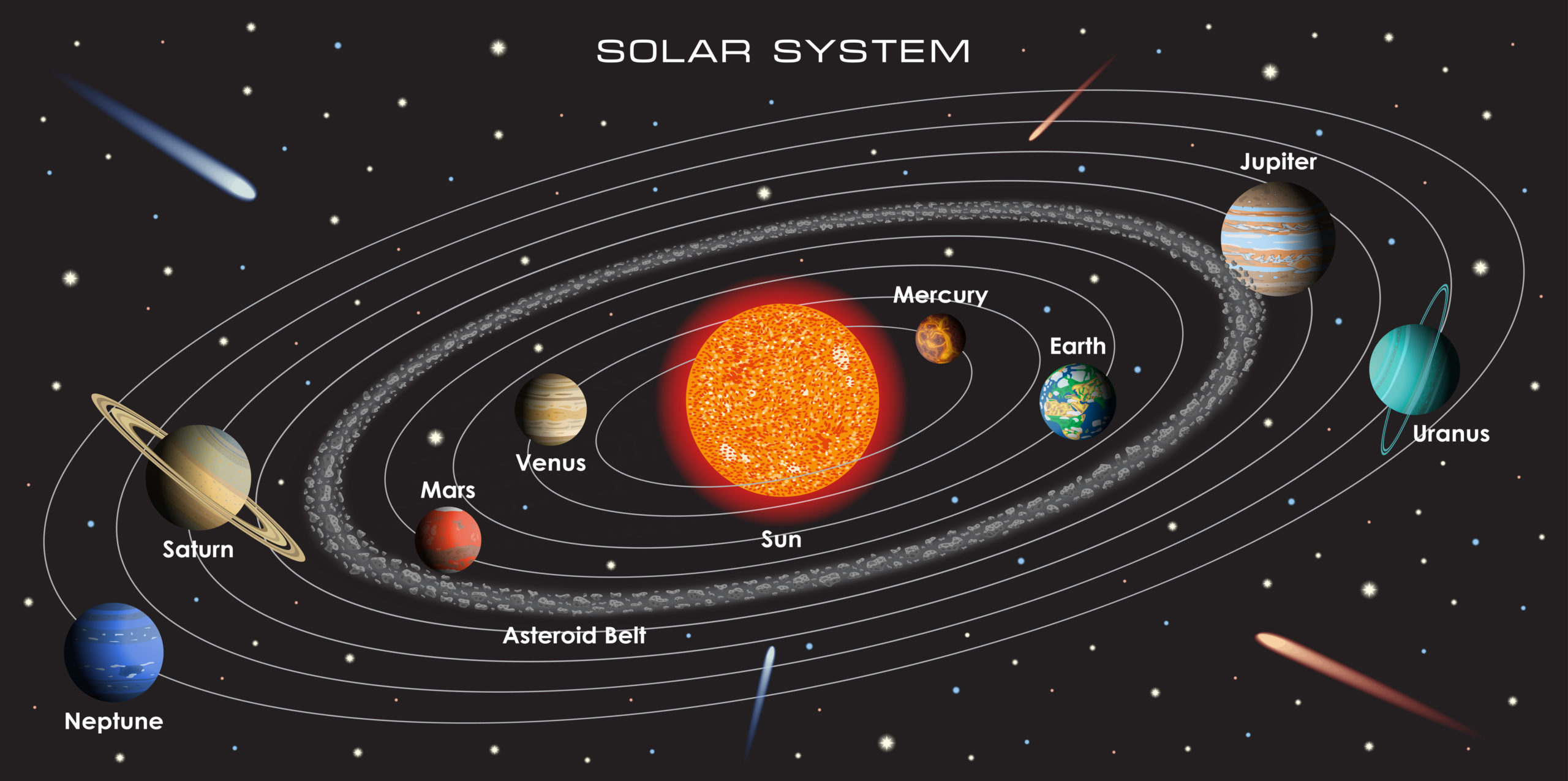
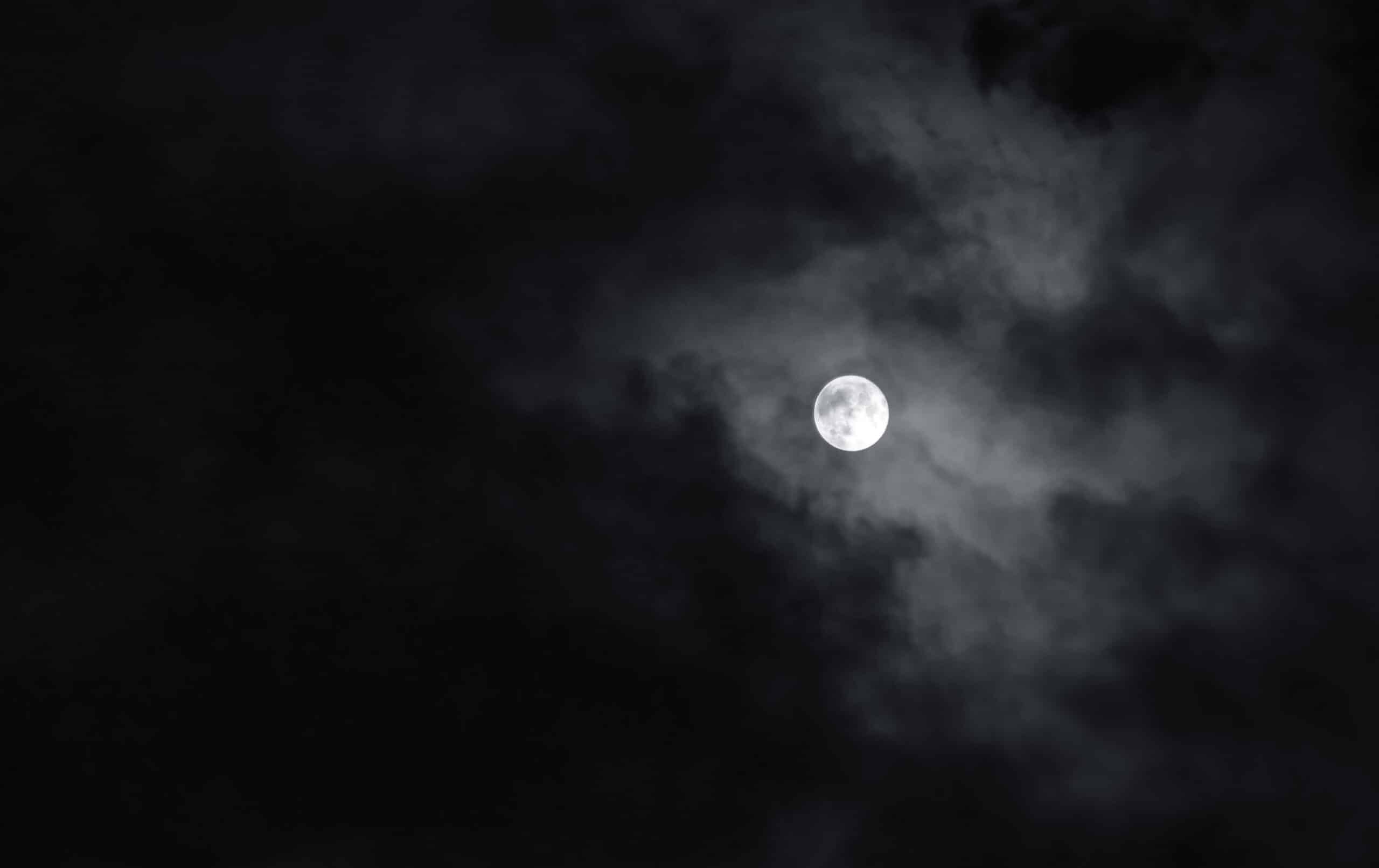
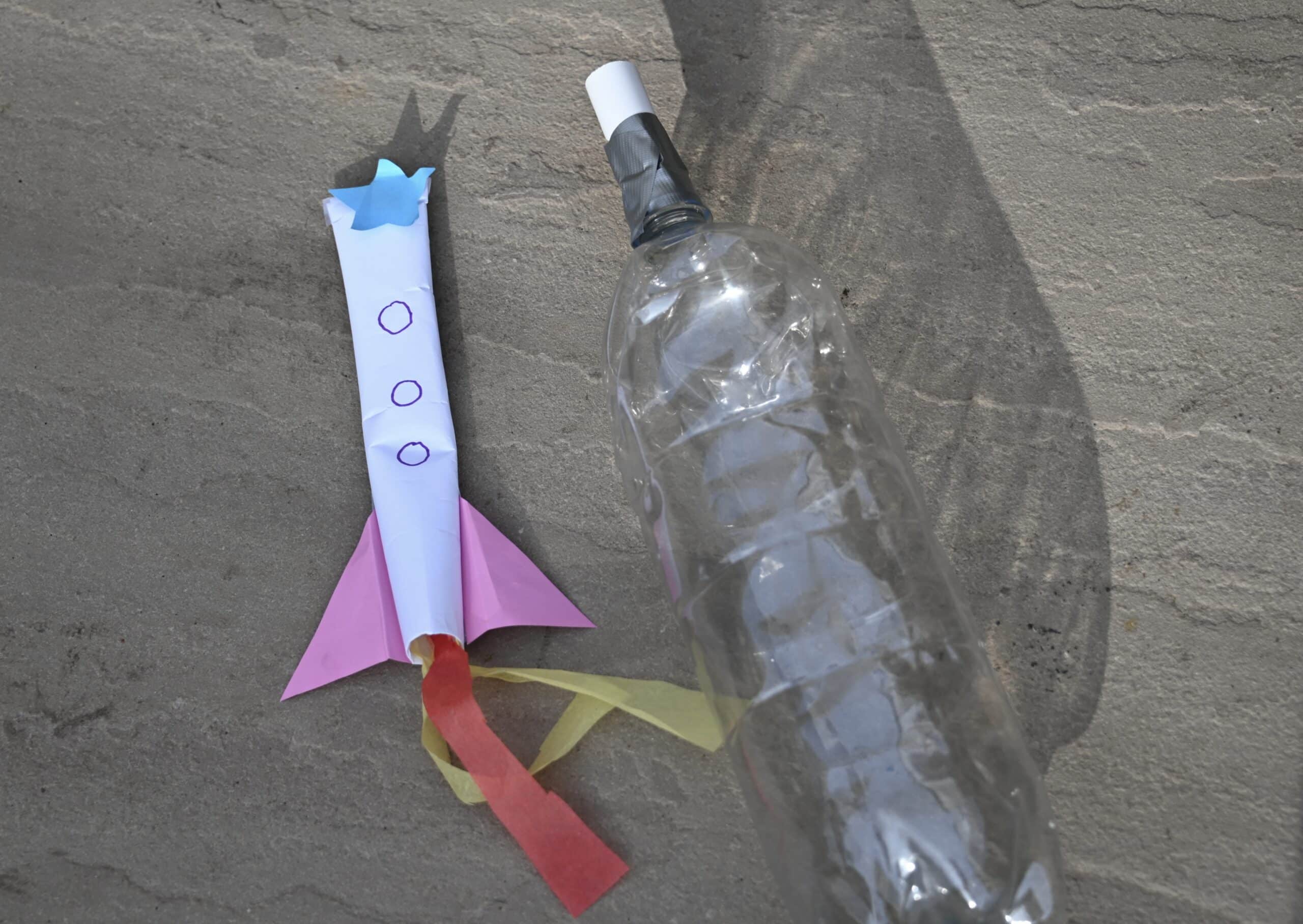
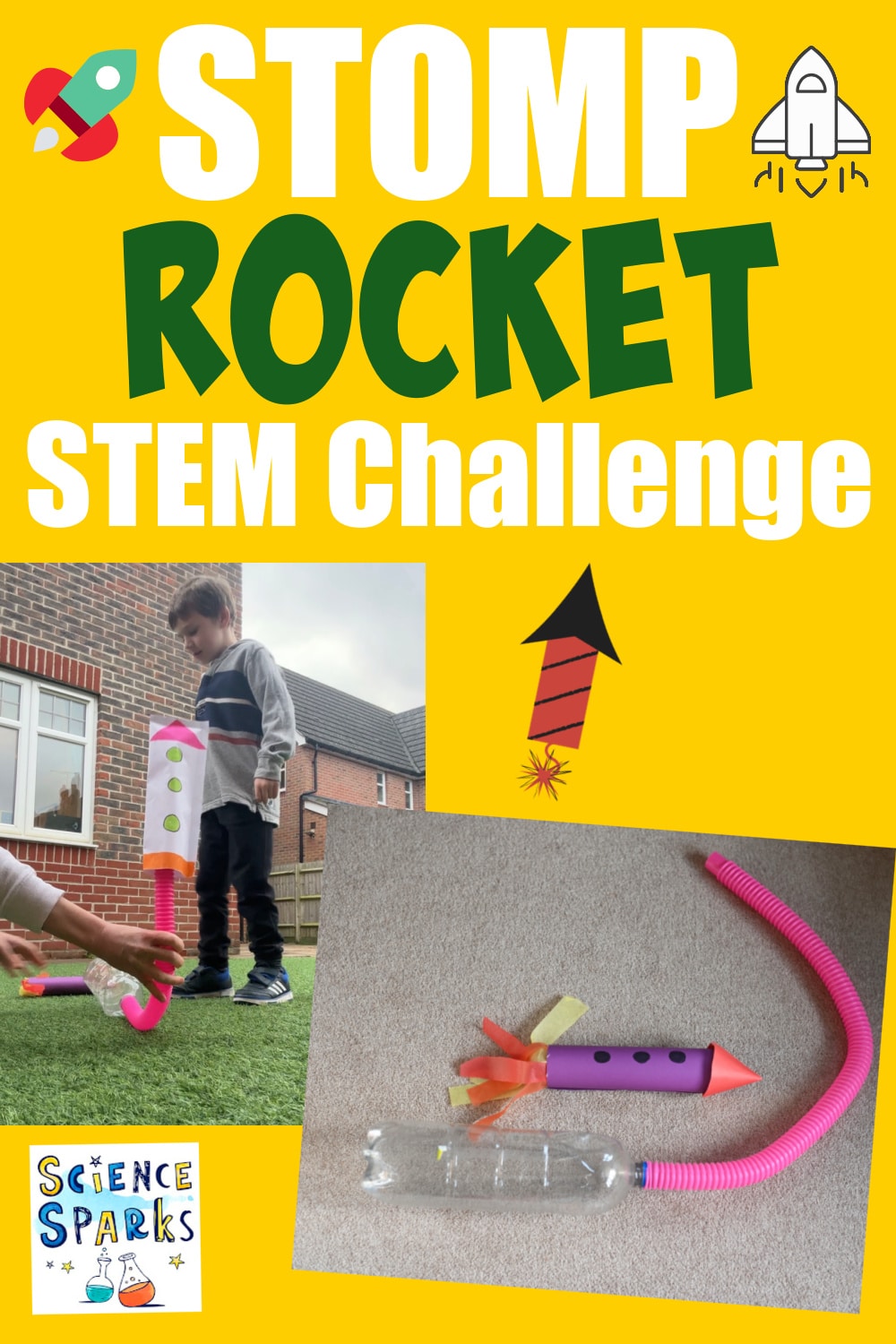
Leave a Reply